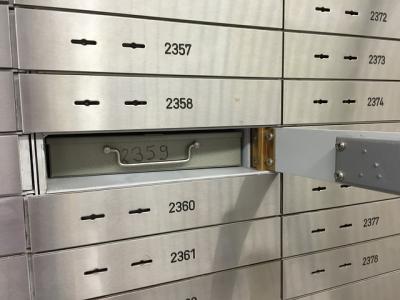Software Deposit Guidance for Researchers
Posted on 9 August 2018
Software Deposit Guidance for Researchers
 Image courtesy of Klarinette71
Image courtesy of Klarinette71By Mike Jackson, Software Architect, The Software Sustainability Institute.
The Software Sustainability Institute has published a set of guides about depositing research software into digital repositories. These guides cover the main aspects of software deposit including why software should be deposited, when to deposit software, where to deposit it, how to make a deposit, what to deposit (and what not to deposit!), how to describe a deposit (metadata), how to choose a software licence and how to review a software deposit. The guides, development of which was funded by Jisc, are intended for researchers, principal investigators and research leaders and research data and digital repository managers.
Research software is an integral part of the modern research ecosystem. Taken together, research software, alongside data, facilities, equipment and an overarching research question can be viewed as a research activity or experiment, worthy to be published. Conversely, a publication can be considered as a narrative that describes how the research objects are used together to reply to the research question.
Depositing research software into a digital repository can offer significant benefits. By depositing not just papers, but software, and data sets, as well, researchers can store a more complete record of this ecosystem for future use to both the researchers who undertook the research and also the wider research community. Making research software available allows other researchers to inspect, replicate, reproduce and reuse the research, as manifested in the software, in the short term and to inspect, for the historical record, in the long term. It allows research software to remain available beyond the lifetime of any current project, or a researcher's current employment at a specific institution. Digital repositories can also provide unique persistent digital identifiers for software which can be cited and help researchers to get attribution and credit for their research software when it is used by others.
Please visit Software Deposit Guidance for Researchers to access both online versions of the guides and PDFs deposited in Zenodo.
